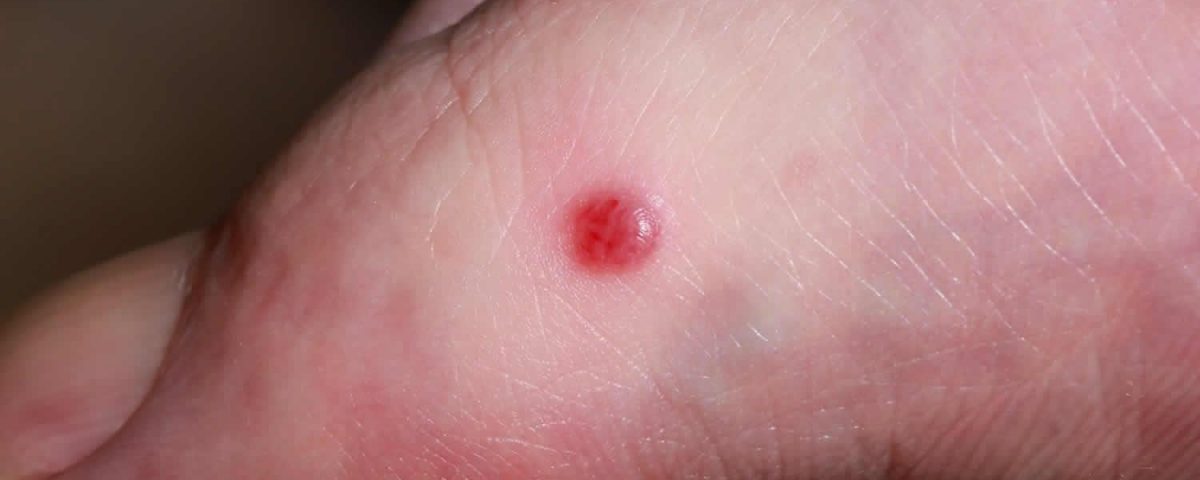Skin lesions sent off for biopsy, is it a concern?

Banishing Bunion Pain: Tips for Relief
October 17, 2023
Flat Foot Problems
October 17, 2023Sending a skin lesion for biopsy is a common medical procedure used to determine the nature of the lesion and to rule out any serious underlying conditions, including skin cancer. It is a standard practice when a healthcare provider suspects that a skin lesion may be atypical or if there are concerns about its characteristics.
The fact that a skin lesion is sent for biopsy does not necessarily mean it is a cause for immediate concern or that it is cancerous. Biopsies are performed to provide a definitive diagnosis and to guide appropriate treatment. The results of the biopsy will determine the appropriate course of action, which can range from monitoring the lesion, treating it with medications or procedures, or, in some cases, addressing a more serious condition.
There are different types of skin lesions, and not all of them are cancerous. Many skin lesions are benign (non-cancerous), such as moles, warts, cysts, or skin tags. However, some skin cancers, like melanoma or basal cell carcinoma, can initially appear as unusual or changing skin lesions.
If your healthcare provider has recommended a skin biopsy, it is essential to follow through with the procedure and await the results. It’s also a good idea to discuss any concerns or questions you have with your healthcare provider, as they can provide you with specific information about your particular case and guide you on the next steps based on the biopsy results. Early detection and appropriate management are crucial in ensuring the best possible outcome for any skin condition, including potential skin cancers.



